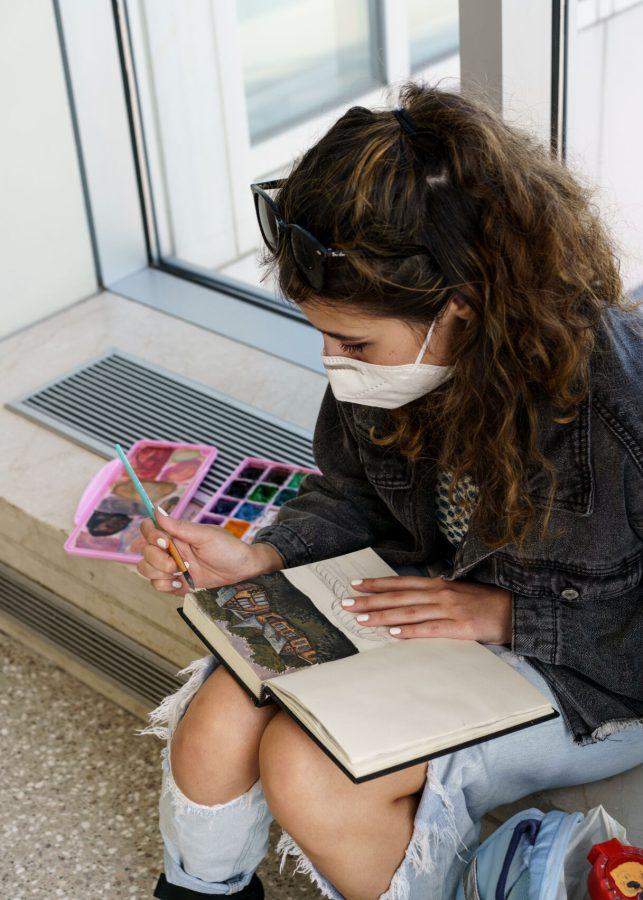The arts have been through decades of challenges when it comes to its academic and social acceptance. We have seen art programs receive less funding than sports programs for years now. Teachers of the arts have, at times, had to spend their own hard-earned money on materials for their students—something we have seen countless teachers do just to share the love of art and its benefits to their kids.
Numerous studies have shown the impact the arts have on many individuals’ academic performance, as well as their emotional and social development. In an article by Renee Phillips, she explains this impact by saying “… the arts develop neural systems that produce a broad spectrum of benefits ranging from fine motor skills to creativity and improved emotional balance. Quite simply, the arts are invaluable to our proper functioning individually and as a society” (1).
As we know, learning of any kind contributes to the integration and development of our neural systems. However, the arts, with its creativity and self expression, take it a step further.
Systems like “integrated sensory, attentional, cognitive, emotional, and motor” are all stimulated while performing an art form whether that be painting, singing, or dancing (1). Creativity is huge in our development and can also contribute to one’s perception of self and individuality. This is especially important in younger ages. Art teachers try to promote self-expression in these younger groups to help promote social and emotional development (1).
Art stimulates us physically while also stimulating us emotionally and mentally, which gets our brain firing off in many different sections and ways.
Furthermore, it has also been proven that there is an increase in blood flow to the brain when exposed to art. In an experiment by Professor Semir Zeki, a Chairman in Neuroaesthetics at University College London, participants viewed art that “they considered most beautiful,” and it was observed that “their blood flow increased in a certain part of the brain by as much as 10 percent, which is the equivalent to gazing at a loved one” (1).
It is believed that wonder, beauty, and emotional stimulation all promote healing. Psychologist Dr. Dacher Keltner, of California University in Berkeley, said this: “That awe, wonder and beauty promote healthier levels of cytokines suggests the things we do to experience these emotions—a walk in nature, losing oneself in music, beholding art—has a direct influence upon health and life expectancy” (1).
I know that personally, I find the arts calming, no matter the form. I write to cure my anxiety and it has become a healthy habit for me when I am stressed.
I also love to view art and listen to music in my free time, which has broadened my view on the world. The arts are filled with self-expression, and art pieces from across different eras have allowed us to better understand different times of history, different cultures, etc.
I do believe the arts are becoming more and more accepted. We have seen Art majors increase in number, and in 2021 they’re at an all-time high. Hopefully, all art programs will begin to get their fair share of funding as it is undeniable that the arts are critical to us and our society.

